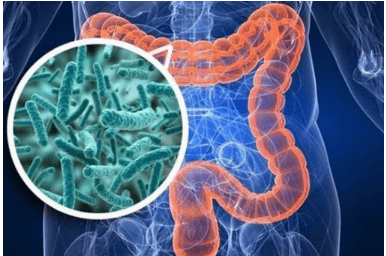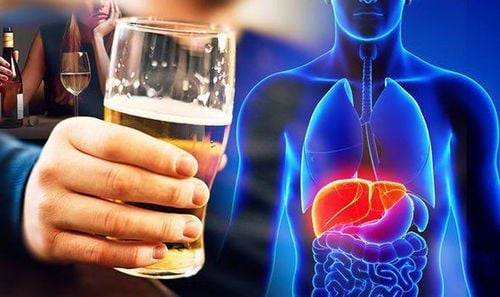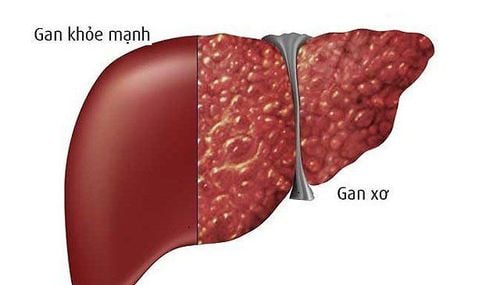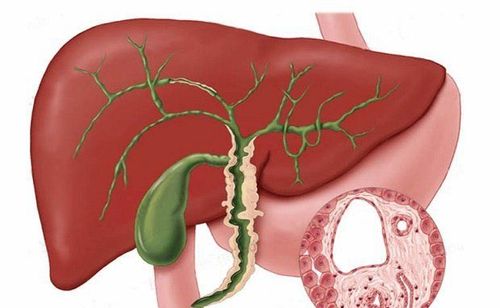This is an automatically translated article.
Post by Master, Doctor Mai Vien Phuong - Gastrointestinal Endoscopy - Department of Medical Examination & Internal Medicine - Vinmec Central Park International General Hospital.Recent studies have shown that bile acids act as omnidirectional signaling molecules mediating enteric-hepatic crosstalk. The complex relationship between bile acids and the gut microbiota (depending on and inhibiting each other) plays an important role in the maintenance of mammalian homeostasis.
1. Overview of the role of bile acids in liver diseases
Approximately 70-75% of the blood supply to the liver is derived from the intestine, which is the basis of the entero-liver axis. The liver plays an important role in the human immune response, being at the heart of the crosstalk between host metabolism and the intestinal microbial environment. As a result, the liver is exposed to a large number of microbial components, metabolites, and signals of microbial origin.
Recent studies have shown that bile acids act as omnidirectional signaling molecules mediating enteric-hepatic crosstalk. The complex relationship between bile acids and the gut microbiota (depending on and inhibiting each other) plays an important role in the maintenance of mammalian homeostasis.
2. The role of the gut microbiota and the liver-gut cycle The gut microbiota is involved in bile acid conversion and regulates bile acid synthesis and reabsorption in the liver (Figure 1). ). Studies have detected decreased activity and gene expression levels of cholesterol 7α-hydroxylase (CYP7A1), a rate-limiting enzyme in the classical bile acid synthesis pathway, in CONV-R mice compared with in germ-free mice. Furthermore, the volume of the bile acid pool was smaller in CONV-R mice, which may be related to decreased expression of sodium-dependent bile acid transporter in the ileum, leading to decreased bile acid reabsorption in the ileum. distal ileum and increased fecal excretion of bile acids.
7α-dehydroxylation of the gut microbiota is an essential part of bioconversion. The genus Clostridium exhibits 7α-dehydroxylation activity that can transform primary bile acids into secondary bile acids. Most of the Gram-positive bacteria in the intestine have bile salt hydrolase activity, while only Bacteroide among the Gram-negative bacteria can hydrolyze conjugated bile acids to unconjugated bile acids. The biological functions of bile acids in the body vary according to their state. Unconjugated bile acids can eliminate the pH difference across the cell membrane. As a result, the disappearance of proton pump-driven bioenergy can cause direct damage to cell membranes. Finally, bile acids inhibit the growth of some bacteria and are involved in the formation of the gut microbiota.
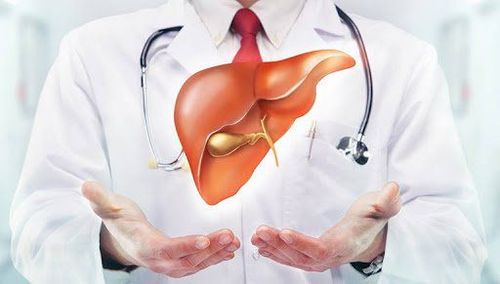
Abbreviations: NKT: natural killer T cells; BA: Bile acids; IFN-: Interferon-; BSEP: Bile salt-forming protein; FGF19: Fibroblast growth factor 19; FGFR4: Fibroblast growth factor 4 receptor; FXR: Farnesoid X receptor; KLB: Klotho beta; NTCP: polypeptide cotransporting Na + -taurocholate; SHP: Small heterodimer partner; ASBT: sodium-dependent bile acid transporter; CYP7A1: Cholesterol 7α-hydroxylase; MRP2: Protein 2 involved in macrobiotic resistance; OATPs: Organic anion transport polypeptides; LSEC: Liver sinusoidal endothelial cells; OATP1B3: Organic anion transport polypeptide 1B3.
3. Link between liver cancer and bile acids In a study by Ma et al., ABX (primaxin, neomycin and vancomycin) fed to rats exhibited less and less primary or metastatic liver cancer lesions, resulting This result is not related to age, race or sex. These results suggest that the regulation of the gut microbiota may usefully alter the growth kinetics of liver tumors. Several studies have investigated the mechanism linking the gut microbiota with immunity and liver tumor surveillance.
In one study, CD8+ T cells and natural killer T cells (NKT) in the liver tissue of ABX-treated EL4 tumor-bearing mice were significantly increased compared with controls. However, in ABX-treated MYC mice, only NKT cells were increased and similar results were observed in tumor-free normal mice. Furthermore, ABX-treated mice showed increased expression of CXCL16 mRNA in hepatic sinusoidal endothelial cells (LSEC). Further studies showed that CXCL16, the sole ligand of CXCR6, could induce the accumulation of CXCR6+ hepatic NKT cells in the liver. NKT cells can directly kill CD1d-expressing tumors (B16, EL4 and A20) and can also inhibit liver tumors by secreting interferon-.
4. Potential association between bile acids and PWD cells To determine the potential association between bile acids and PWD cells, bile acid studies of ABX-treated mice were determined. The results showed that major bile acids were significantly increased compared with H2O-treated mice. The findings were further confirmed after treatment of isolated LSECs with different bile acids or a combination of tauro-β-muricholic acid with -muricholic acid or tauro-muricholic acid. The results suggest that the major bile acids can indeed regulate the expression of CXCL16 mRNA. Predictably, secondary bile acids (lithocholic acid) reversed ABX-induced inhibition of intrahepatic tumor growth and increased liver surface metastases.
5. Role of bile acids in the development of liver endothelial cells through the gut microbiota The above findings suggest that the level of CXCL16 on LSEC may be regulated by the gut microbiota. intestine via primary bile acids, leading to the accumulation of CXCR6+ hepatic NKT cells in the liver, while secondary bile acids have the opposite effect. Although ABX killed most of the bacteria in the mouse gut, a regulatory effect of the remaining bacteria on NKT cells could not be ruled out.
To solve this problem, the above experiment was repeated with germ-free mice. The results showed greater accumulation of NKT cells and increased expression of CXCL16mRNA in the liver of germ-free mice. Some antibiotics such as cefoperazone and vancomycin have been used against Gram-positive bacteria to increase primary bile acids and NKT cells in the liver, while depleting secondary bile acids. 7-α dehydroxylation is an important step in the conversion of primary bile acids to secondary bile acids; Clostridium XIV among Gram-positive bacteria that synthesize 7-α dehydroxylase.
To explore the role of Clostridium in the accumulation of NKT cells in the liver, mice were first fed vancomycin to increase NKT cells. One week later, the antibiotic treatment was replaced with Clostridium scidens, a type of Clostridium that occurs in both humans and mice. On the second day after successful infiltration of Clostridium scidens, NKT concentrations in the liver began to decrease with a decrease in primary bile acids. The antibiotic effect was offset when the antibiotic-treated mice were either fed with bile acid metabolizing bacteria or fed with secondary bile acids. Both the inhibition of tumor growth in the liver and the accumulation of NKT cells in the liver were reversed in mice with altered gut microbiota. Clostridium species are a key bacterium for regulating NKT cell accumulation bile acid signaling.
LSECs isolated from human samples were treated with chenodeoxycholic acid (CDCA) and taurocholic acid. The results were similar to a mouse study in which key bile acids were also found to regulate the expression of CXCL16 mRNA. Normal tissues removed from patients with cholangiocarcinoma and hepatocellular carcinoma showed a positive correlation between CDCA and CXCL16, while secondary bile acids were observed to have the opposite result. The above findings indicate that gut microbiota-mediated bile acid metabolism regulates liver cancer through NKT cells, which may also apply to the human body.
Please dial HOTLINE for more information or register for an appointment HERE. Download MyVinmec app to make appointments faster and to manage your bookings easily.
References:
Shao JW, Ge TT, Chen SZ, Wang G, Yang Q, Huang CH, Xu LC, Chen Z. Role of bile acids in liver diseases mediated by the gut microbiome. World J Gastroenterol 2021; 27(22): 3010-3021 [DOI: 10.3748/wjg.v27.i22.3010]







